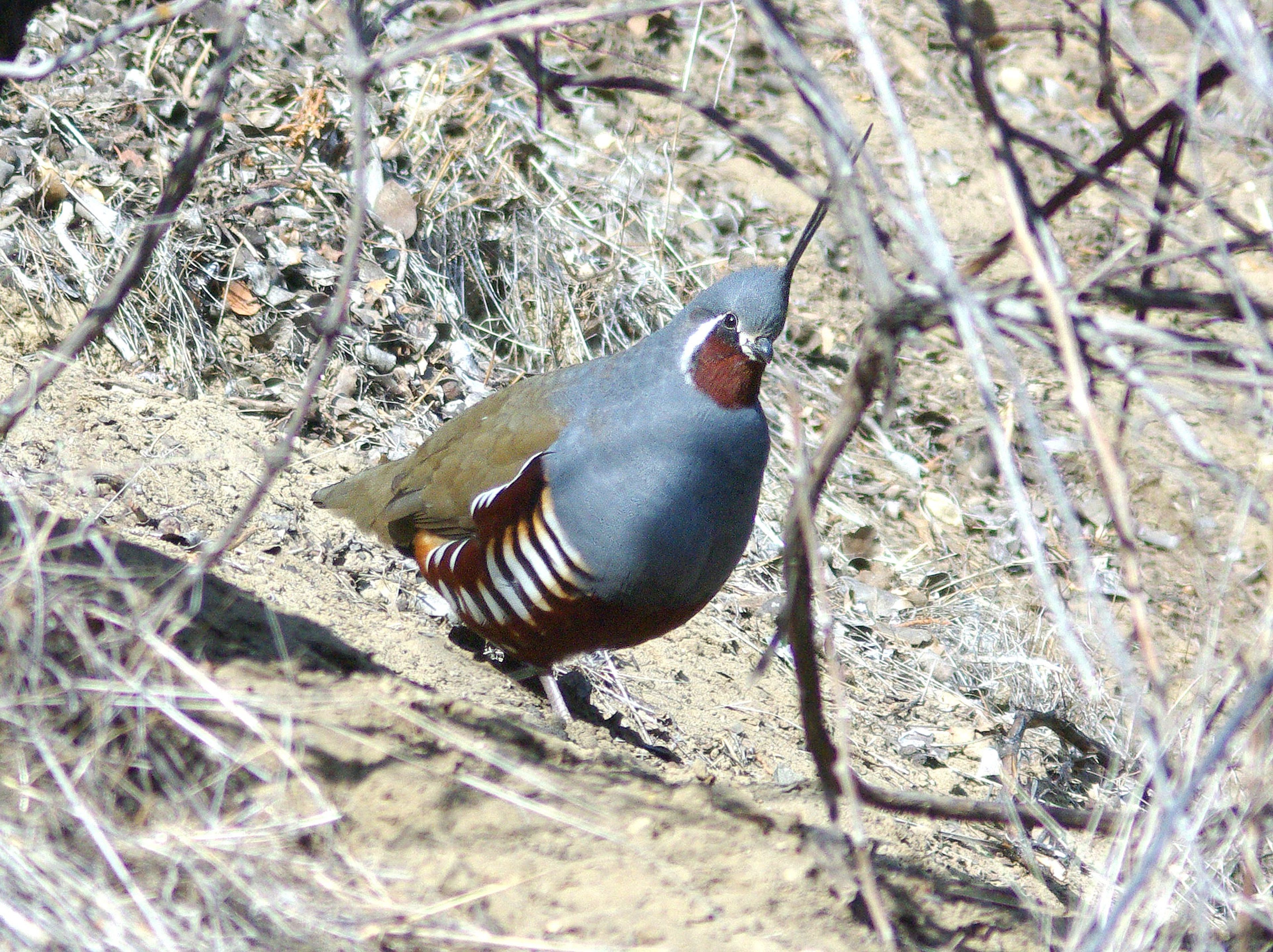Administration has made it difficult to designate endangered species
WASHINGTON - With little-noticed procedural and policy moves over several years, Bush administration officials have made it substantially more difficult to designate domestic animals and plants for protection under the Endangered Species Act.
Controversies have occasionally flared over Interior Department officials who repeatedly overruled rank-and-file agency scientists' recommendations to list new species, but internal documents also suggest that pervasive bureaucratic obstacles were erected to limit the number of species protected under one of the nation's best-known environmental laws.
The documents show that personnel were barred from using information in agency files that might support new listings, and that senior officials regularly dismissed the advice of scientific advisers as President Bush's appointees rejected or moved slowly on petitions to list imperiled plants and animals under the 35-year-old law. Officials also changed the way species are evaluated - by considering only their current range, not their historical range - and put decisions on other species in limbo by blocking citizen petitions that cause legal deadlines.
As a result, listings plummeted. During Bush's more than seven years as president, his administration has placed 59 domestic species on the endangered list, almost the exact number that his father listed during each of his four years in office. Interior Secretary Dirk Kempthorne has not declared a single native species as threatened or endangered since he was appointed nearly two years ago.
In a sign of how contentious the issue has become, the advocacy group WildEarth Guardians filed a lawsuit late last month seeking a court order to protect 681 Western species all at once, on the grounds that further delay would violate the law. Among the species cited are tiny snails, vibrant butterflies and a wide assortment of plants and other creatures.
"It's an urgent situation, and something has to be done," said Nicole Rosmarino, the group's conservation director. "This roadblock to listing under the Bush administration is criminal."
Developers, farmers and other business interests frequently resist decisions on listing because they require a complex regulatory process that can make it difficult to develop land that is home to protected species. Environmentalists have also sparred for years with federal officials over implementation of the law.
Nevertheless, former presidents George H.W. Bush and Bill Clinton added an average of 58 and 62 species to the list each year, respectively.
One consequence is that the current president has the most emergency listings, which are issued when a species is on the very brink of extinction.
And some species have vanished. The Lake Sammamish kokanee, a landlocked sockeye salmon, went extinct in 2001 after being denied an emergency listing, and genetically pure Columbia Basin pygmy rabbits disappeared last year after Interior declined to protect critical habitat for the species.
Administration officials - who estimate that more than 280 domestic species should be on the list but have been "precluded" because of more pressing priorities - do not dispute that they have moved slowly, but they dispute the reasons.







